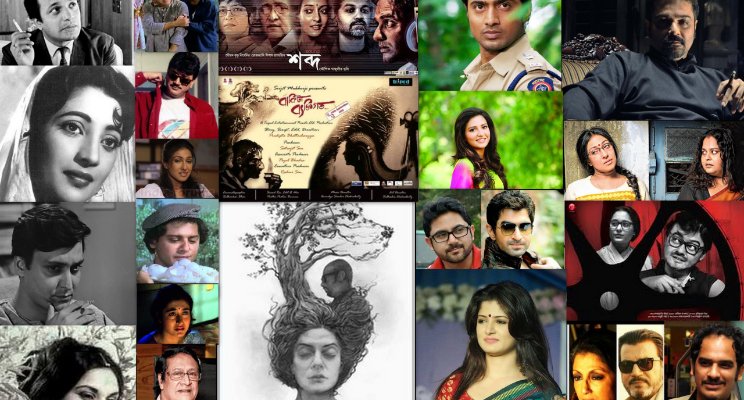
First Understand what a script is. The script, or screenplay, outlines all of the elements (audio, visual, behavior, and dialogue) that are required to tell a story through movies or TV.
Read the scripts of some of your favorite movies. Find movie scripts online and decide what you like (and don’t like) about them. Get a feel for how the action is portrayed, dialogue is written, and characters are developed.
Flesh out your concept. Assuming you already have an idea you want to write about, sketch out all the necessary plot details, relationships, and personality traits that will guide your story.
Outline your story. Begin with a basic flow of your narrative. Focus on the conflict of the story; conflict drives drama.
Write your story in three acts. The pillars of a screenplay are the Three Acts. Each act can operate independently, and when taken together provide the full arc of a story.
- Act One: This is the set-up for the story. Introduce the world and the characters. Set the tone of the story (comedy, action, romance, etc.). Introduce your protagonist, and begin exploring the conflict that will drive the story. Once the protagonist is set towards the objective, then Act Two begins. For dramas, Act One is typically 30 pages. For comedies, 24 pages.
- Act Two: This act is the main portion of the story. The protagonist will encounter obstacles on the path to the resolution of the conflict. Subplots are typically introduced in the second act. Throughout the second act, the protagonist should be showing signs of change. For dramas, Act Two is typically 60 pages. For comedies, 48 pages.
- Act Three: In the third act, the story reaches its resolution. The third act contains the twist of the story, and ends with the final confrontation of the objective. Because the story has already been established in the second act, the third act is much faster-paced and condensed. For dramas, Act Three is typically 30 pages. For comedies, 24 pages.








